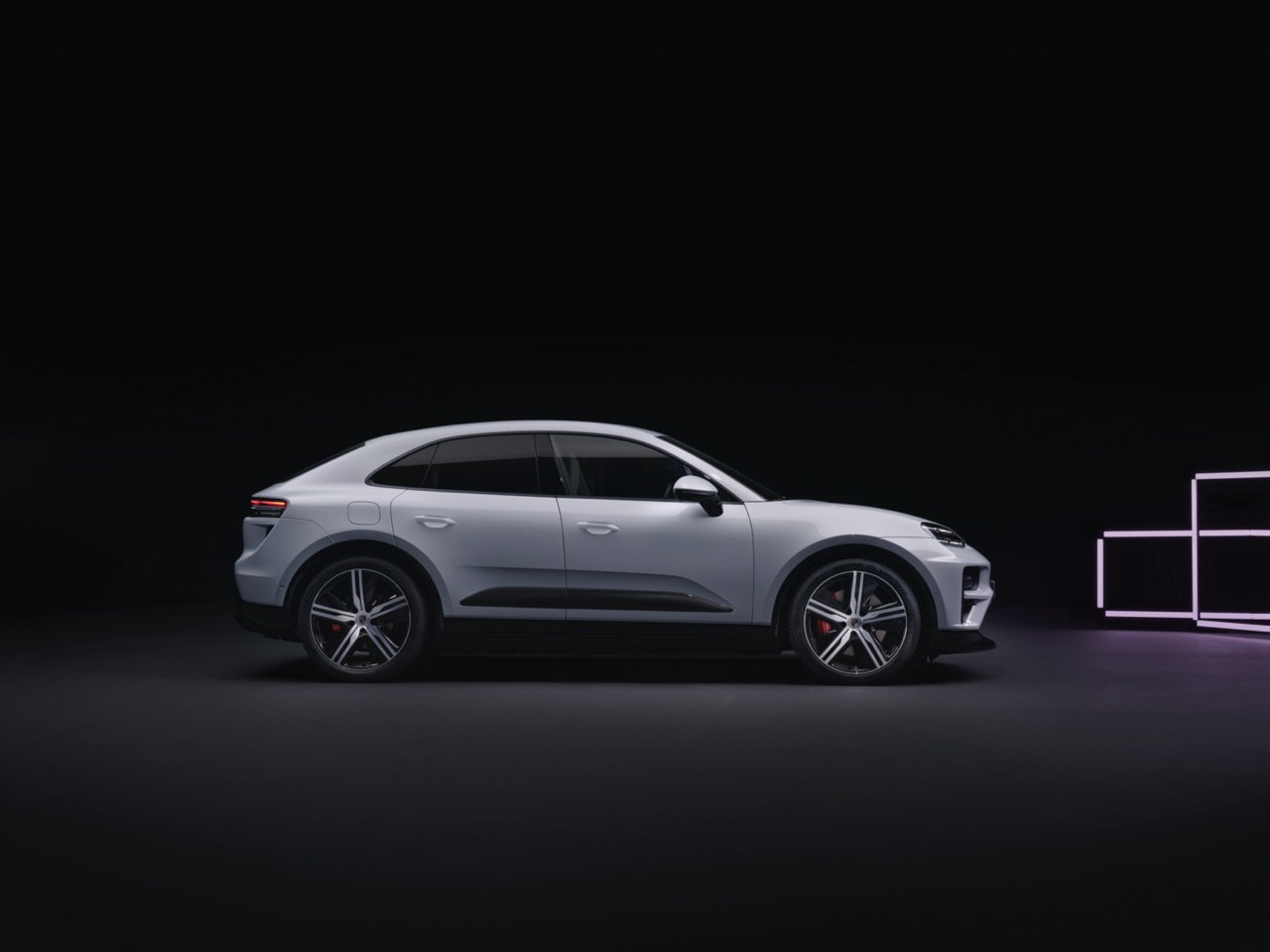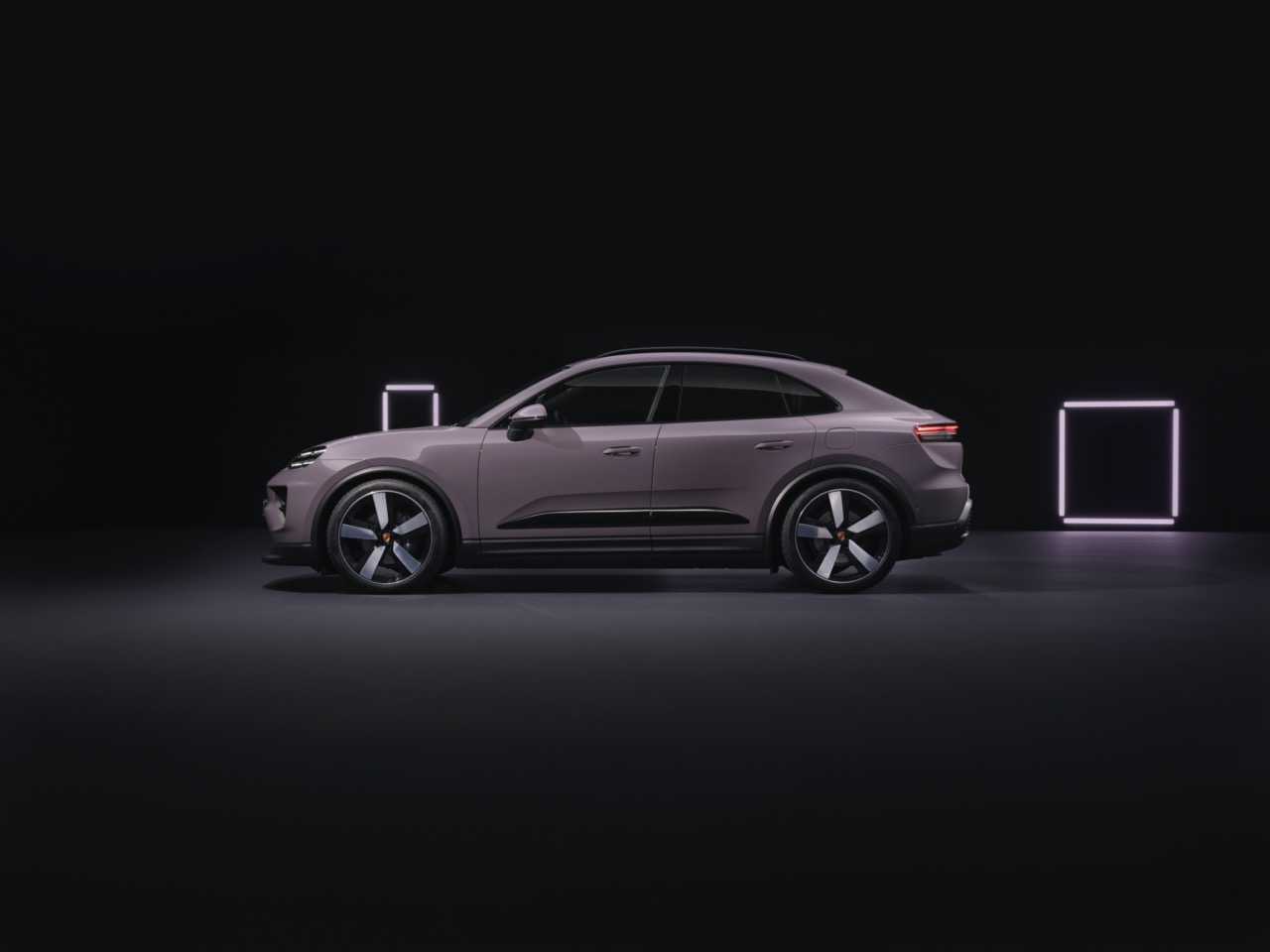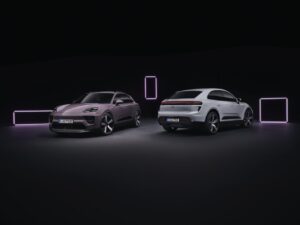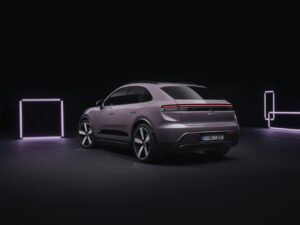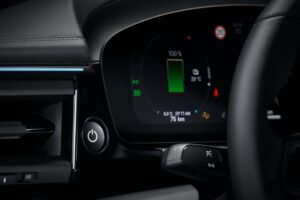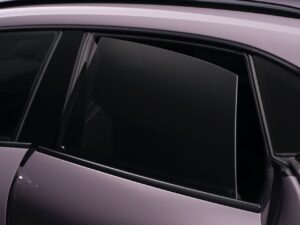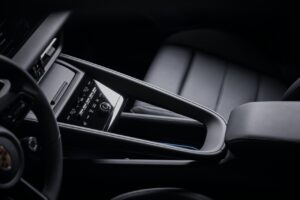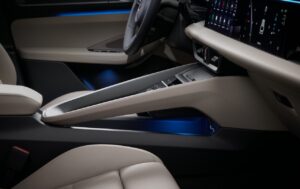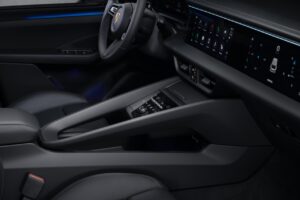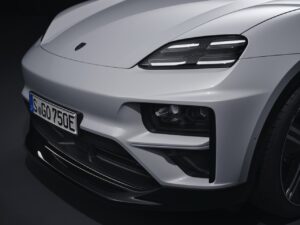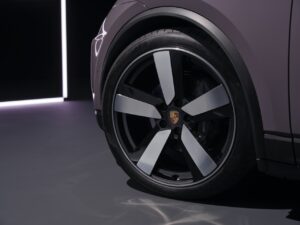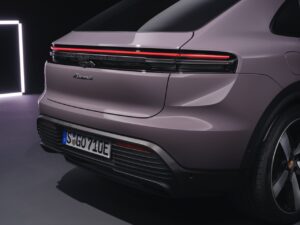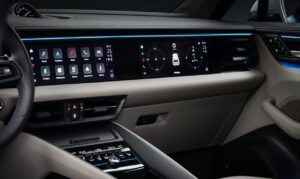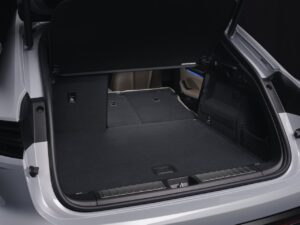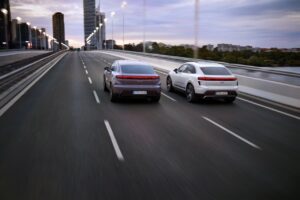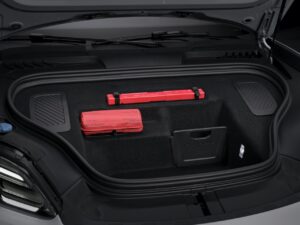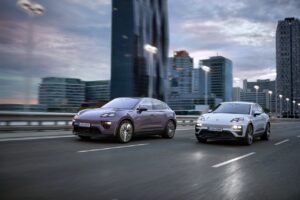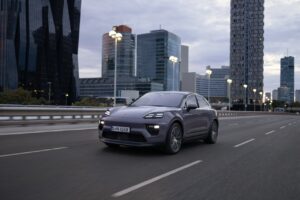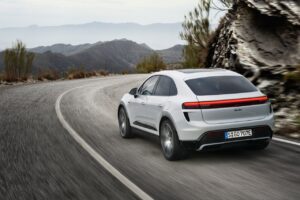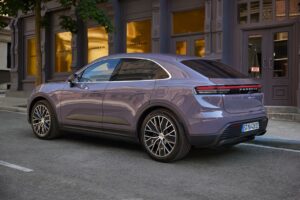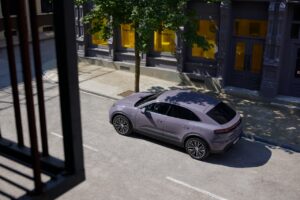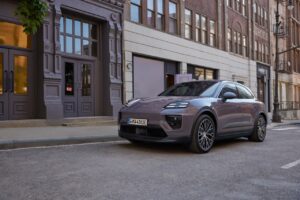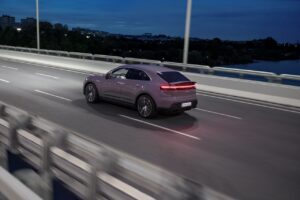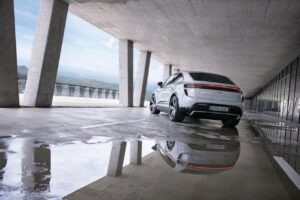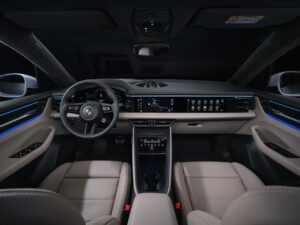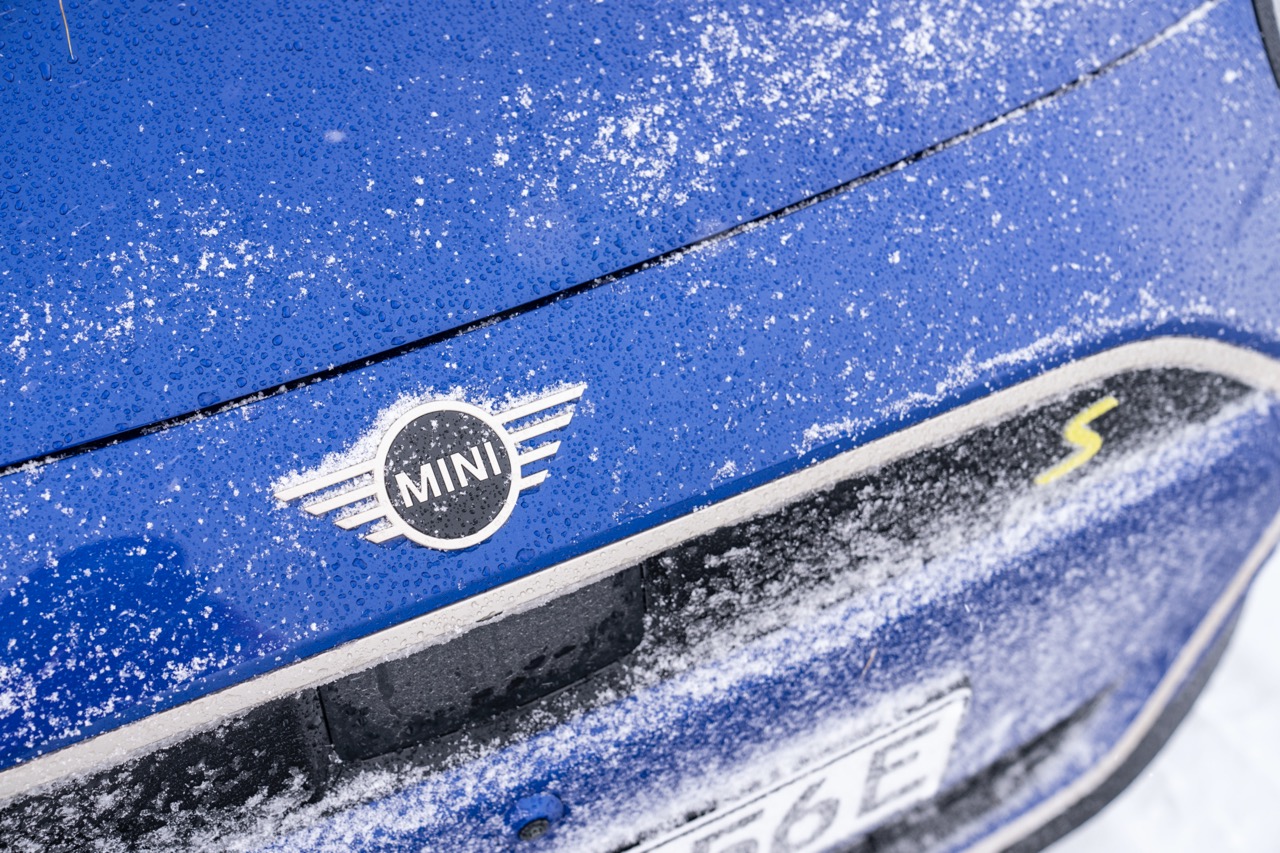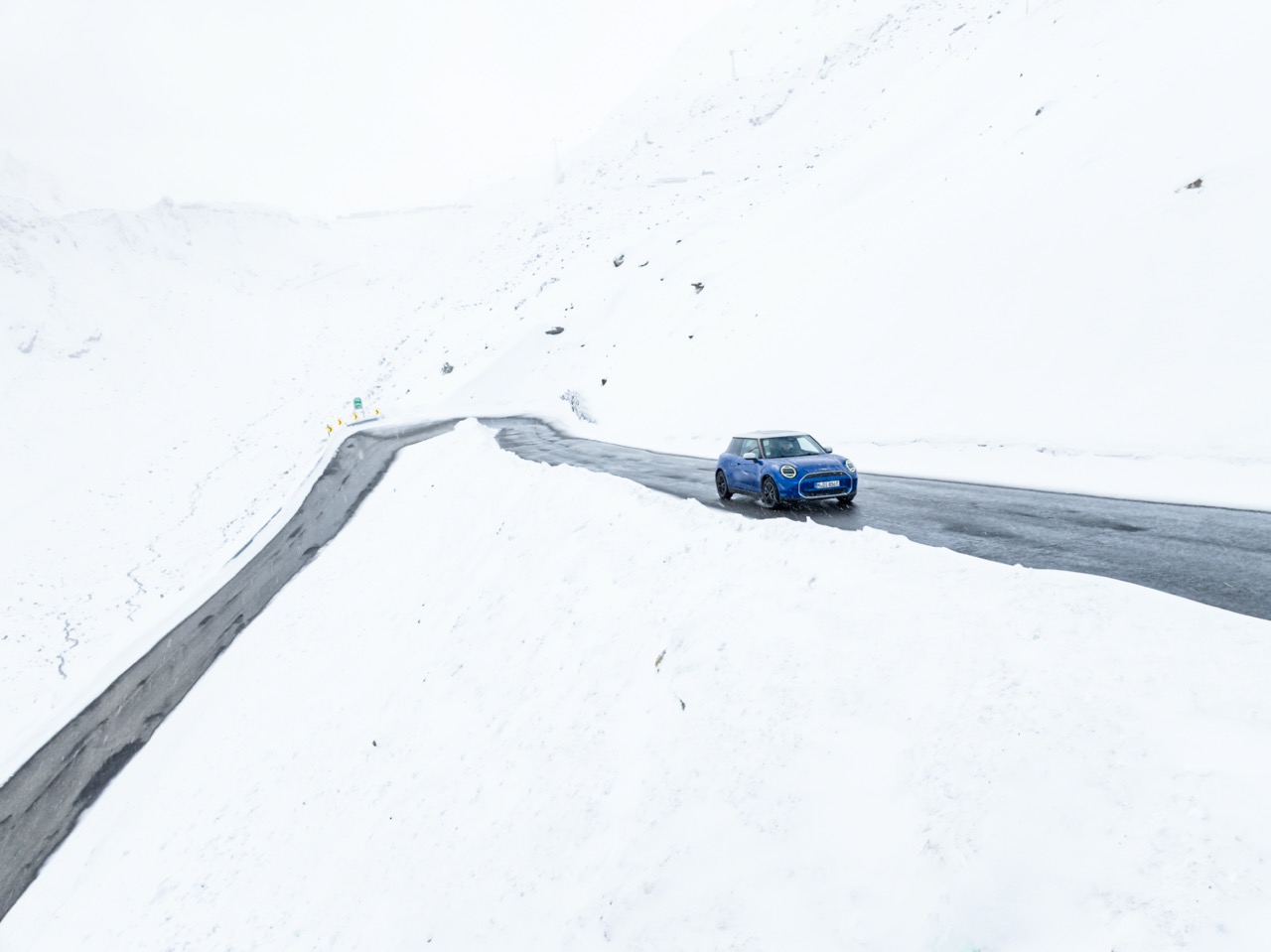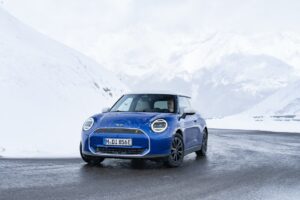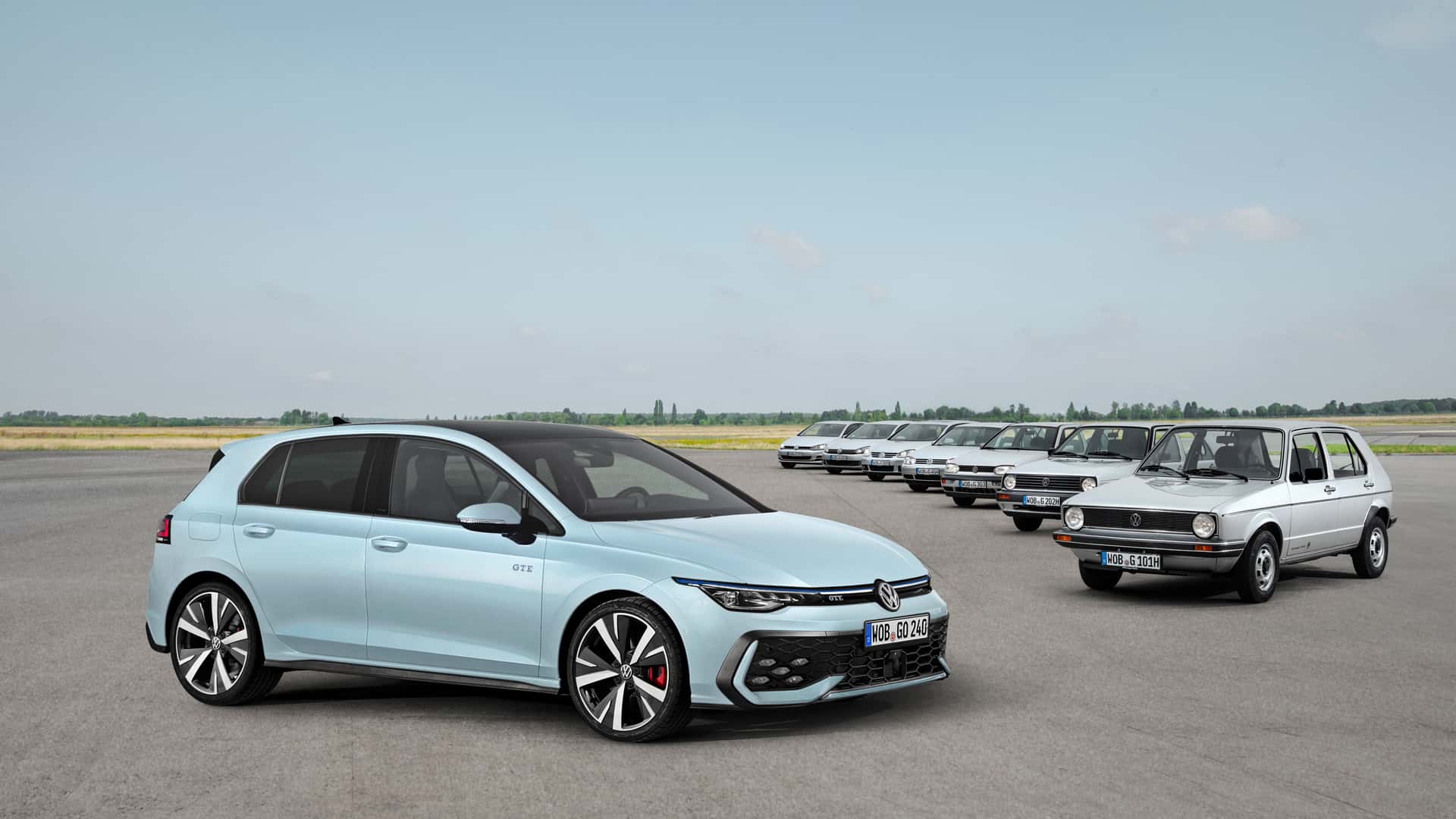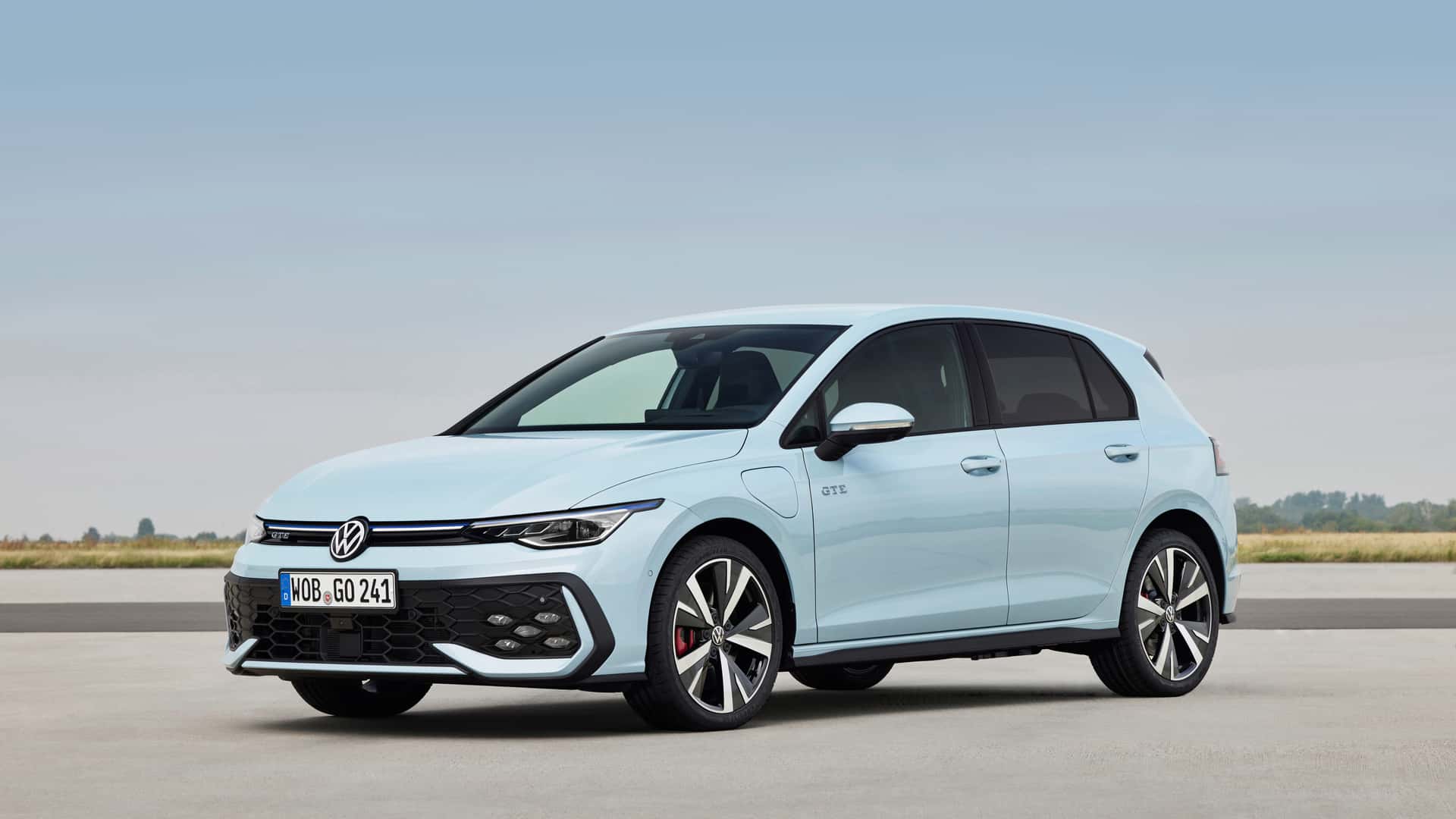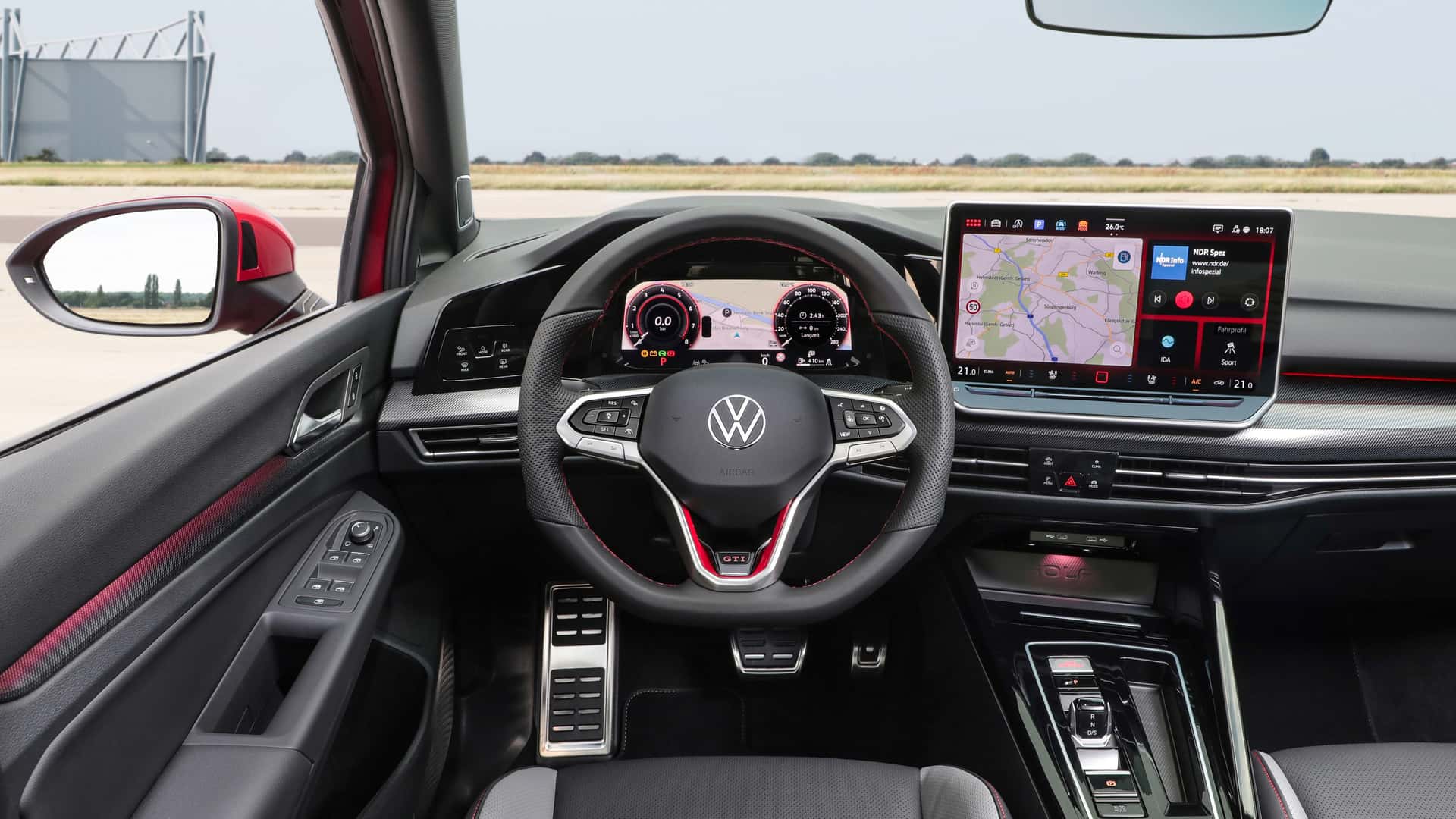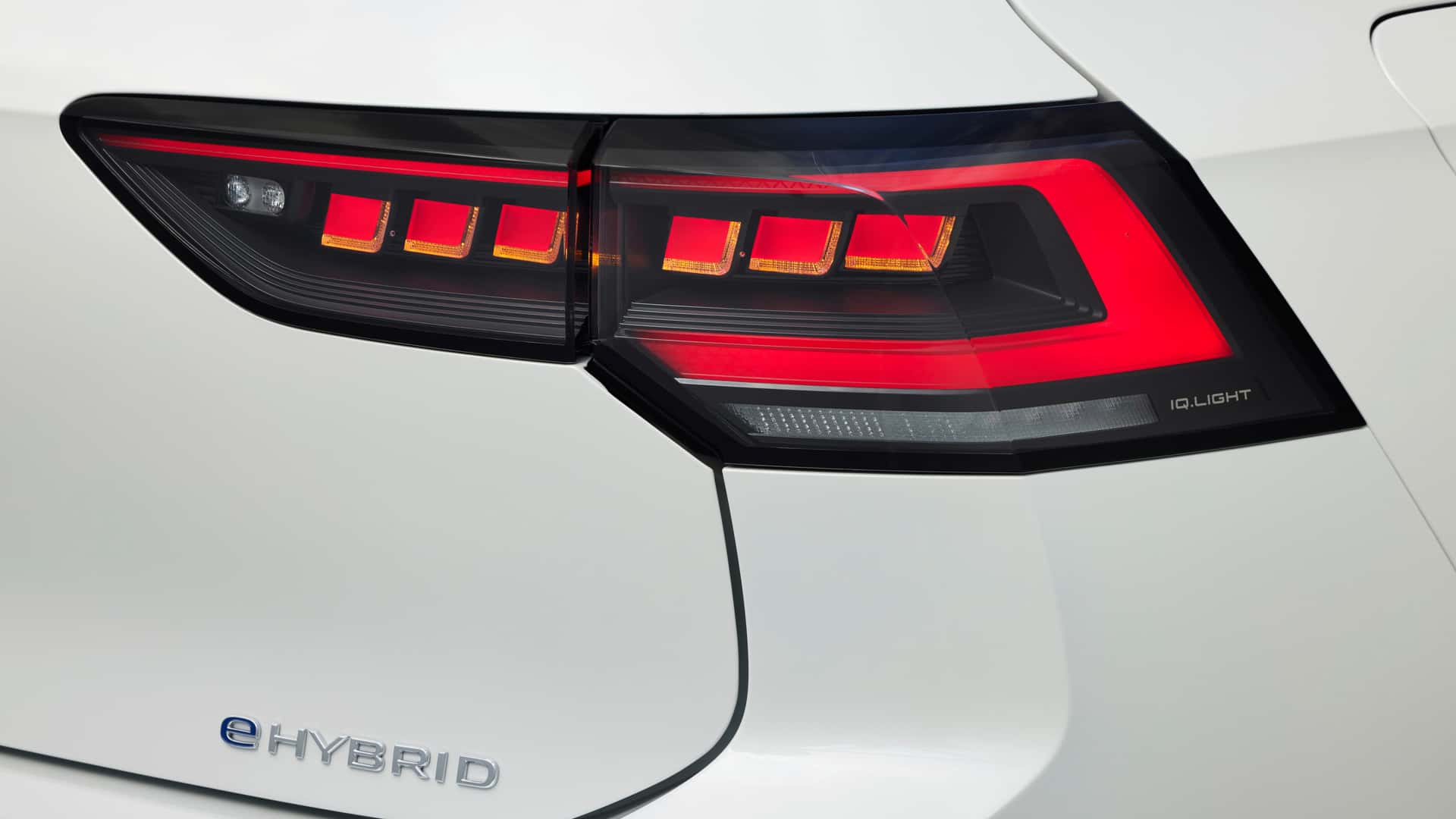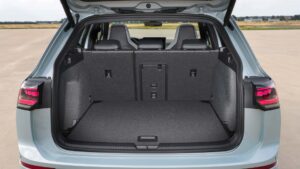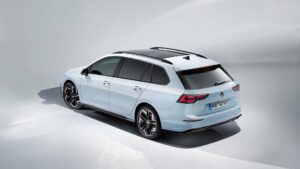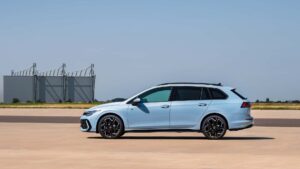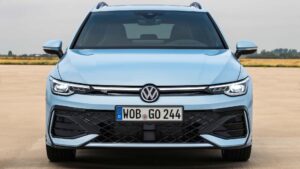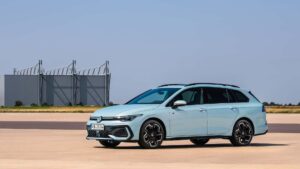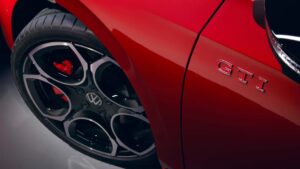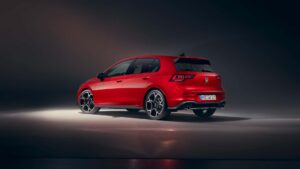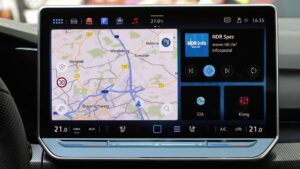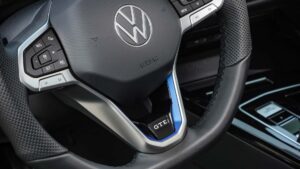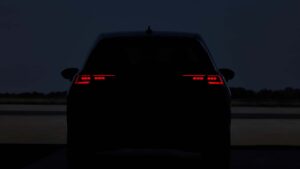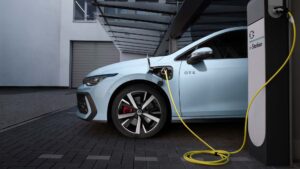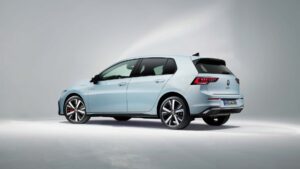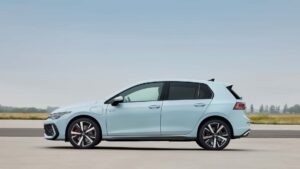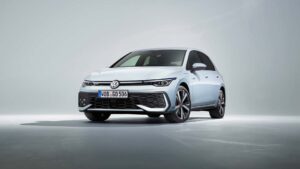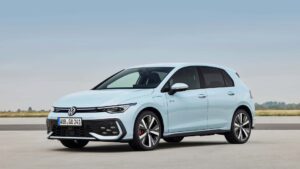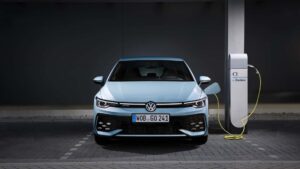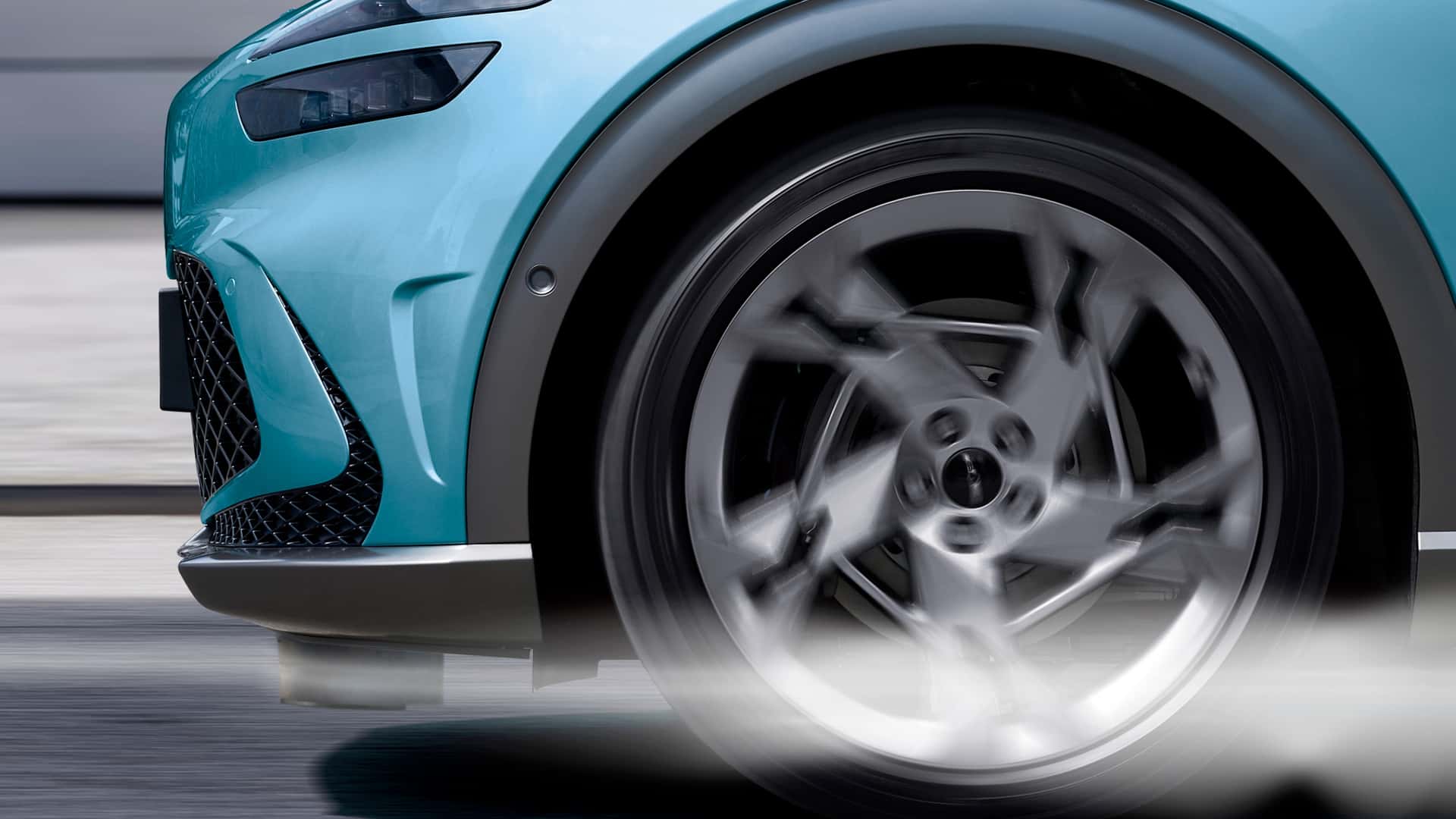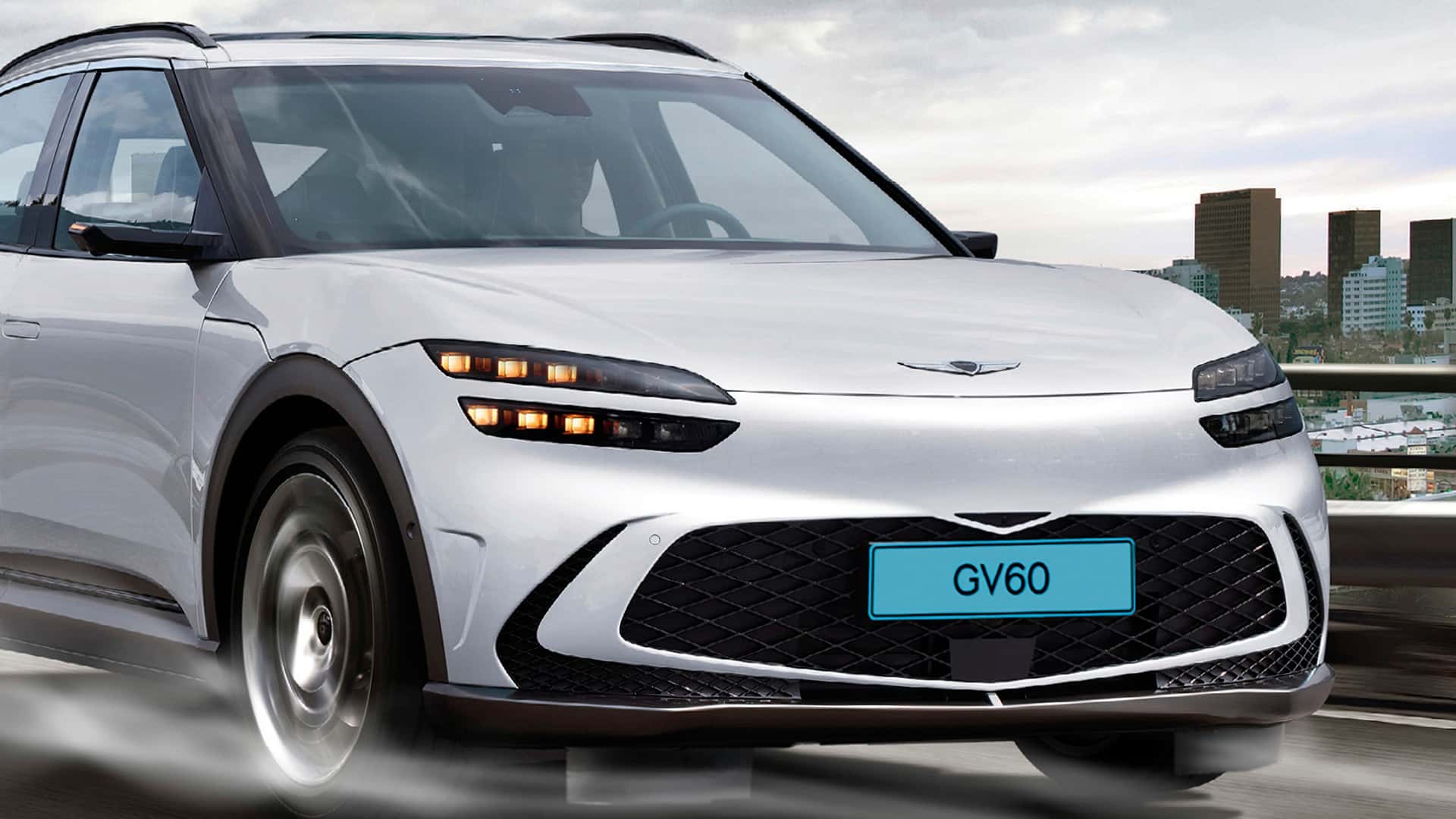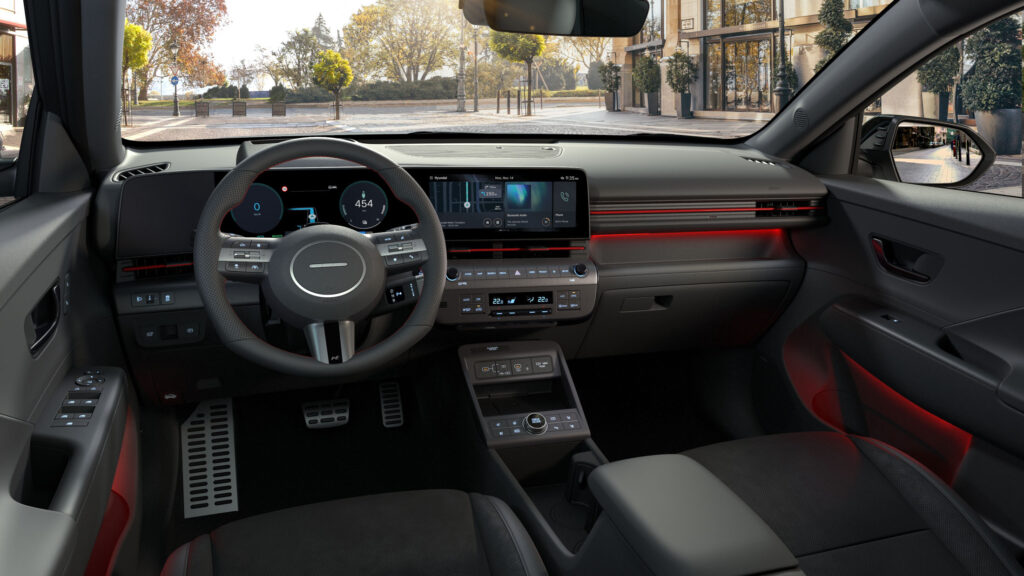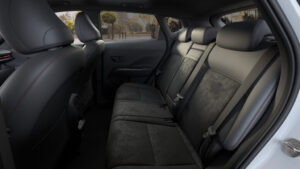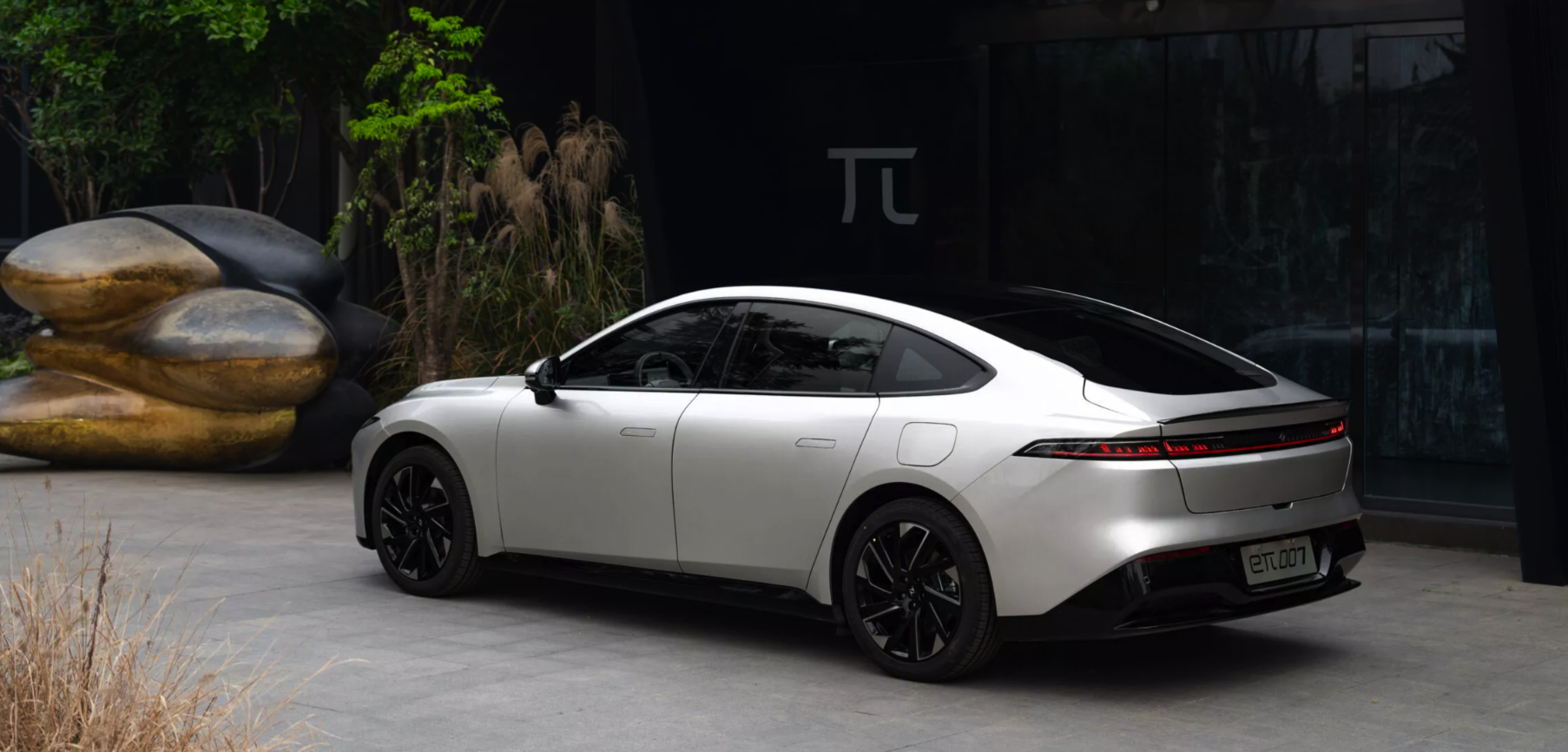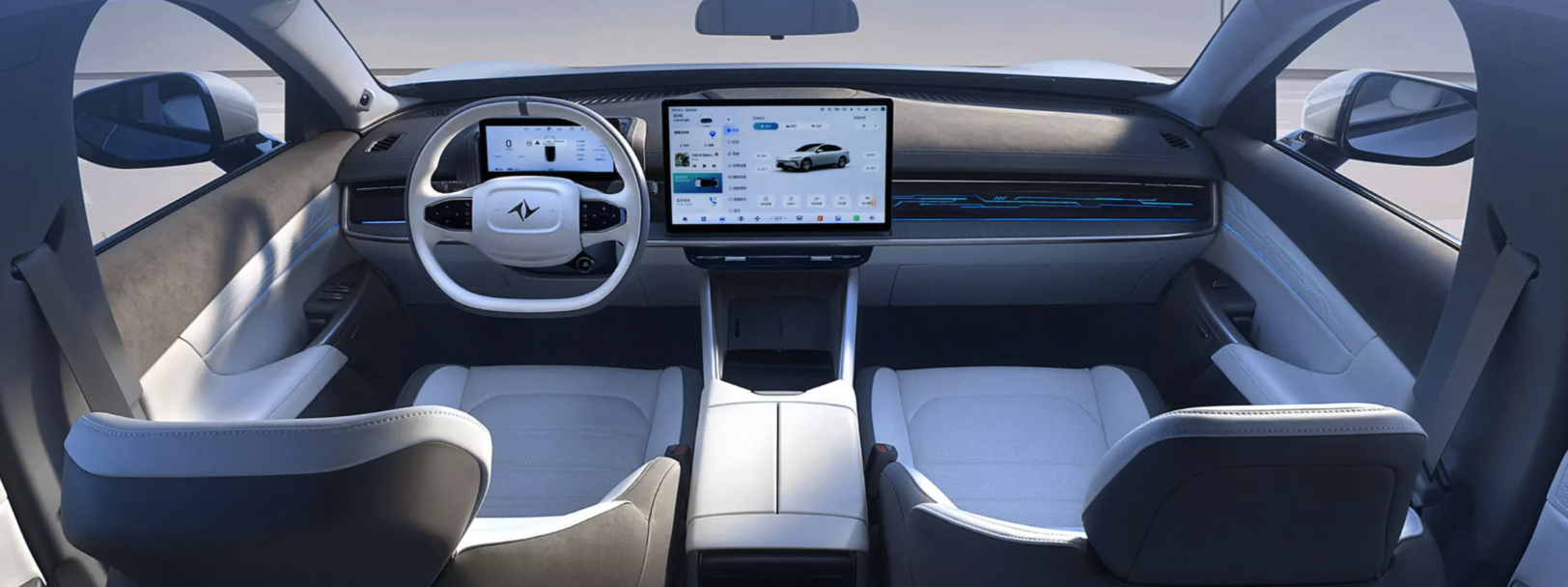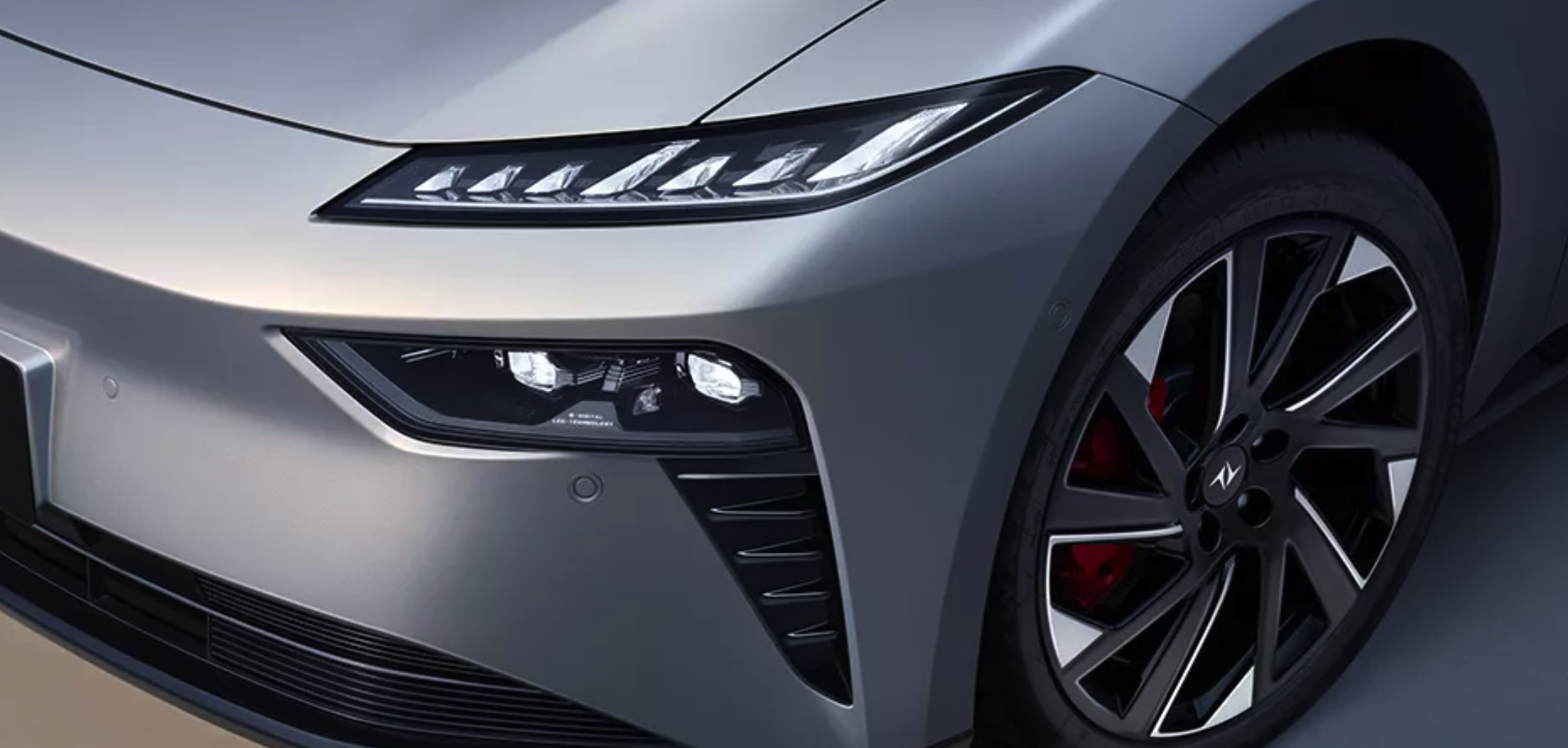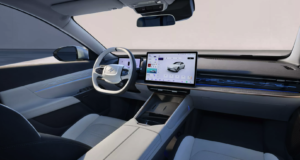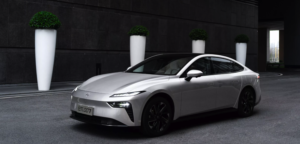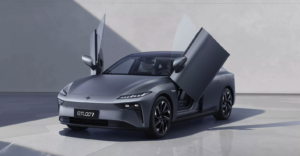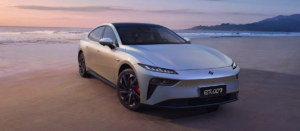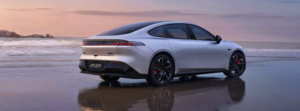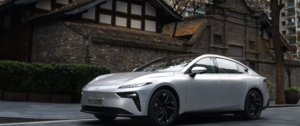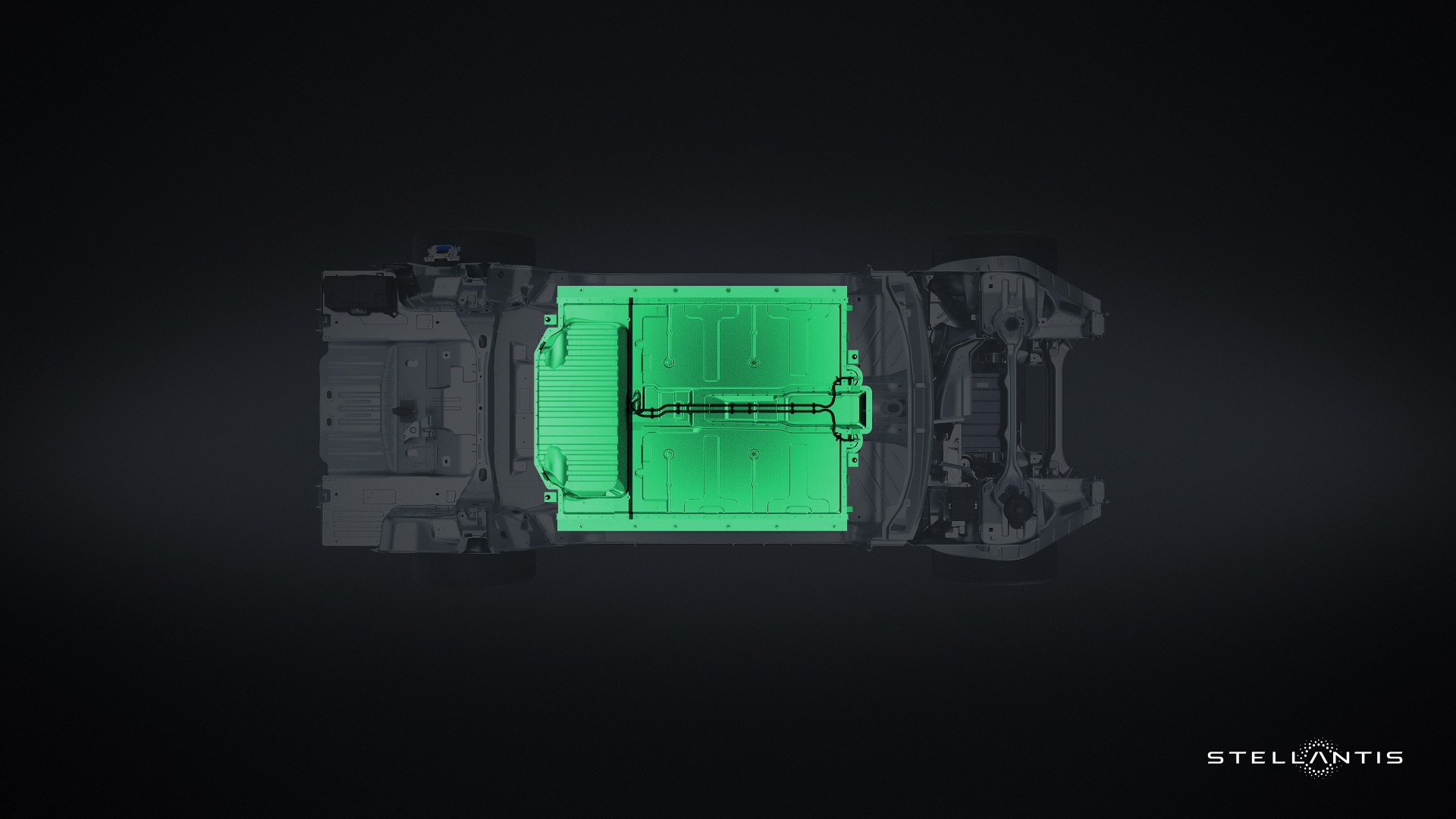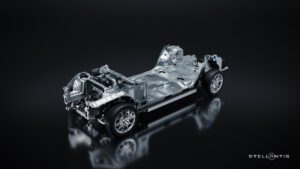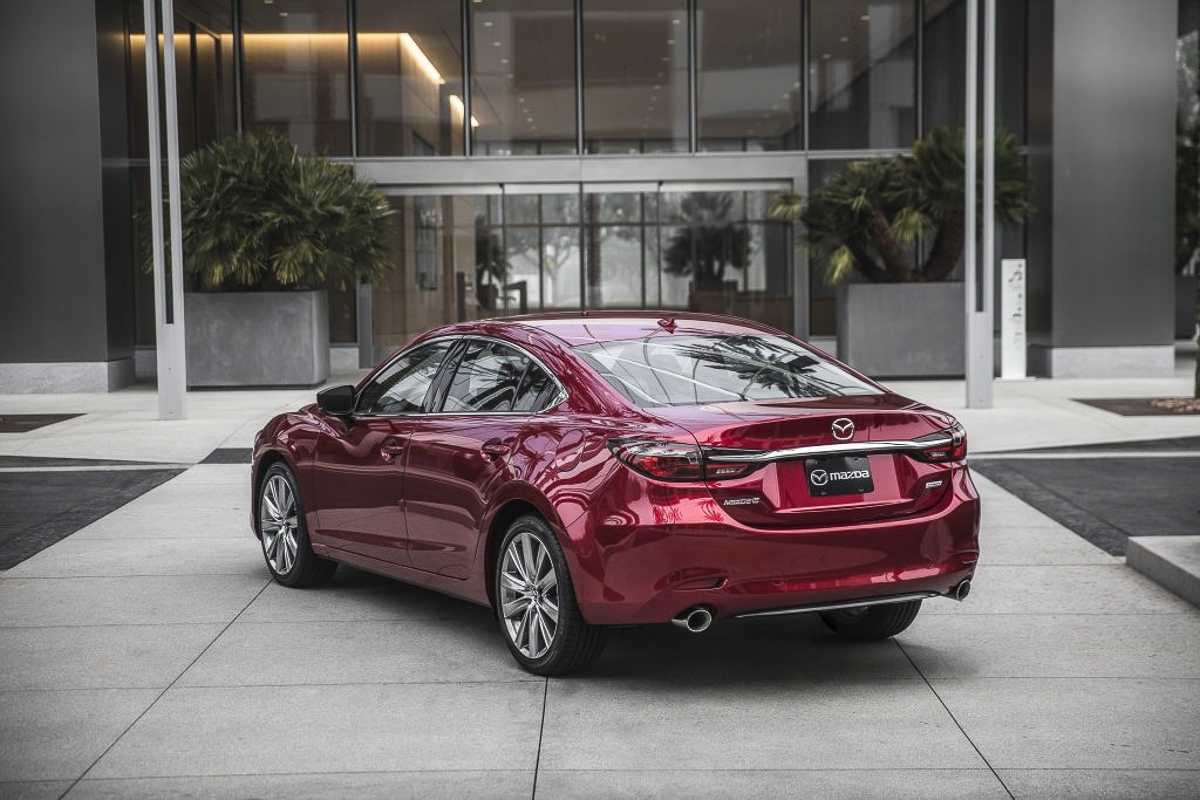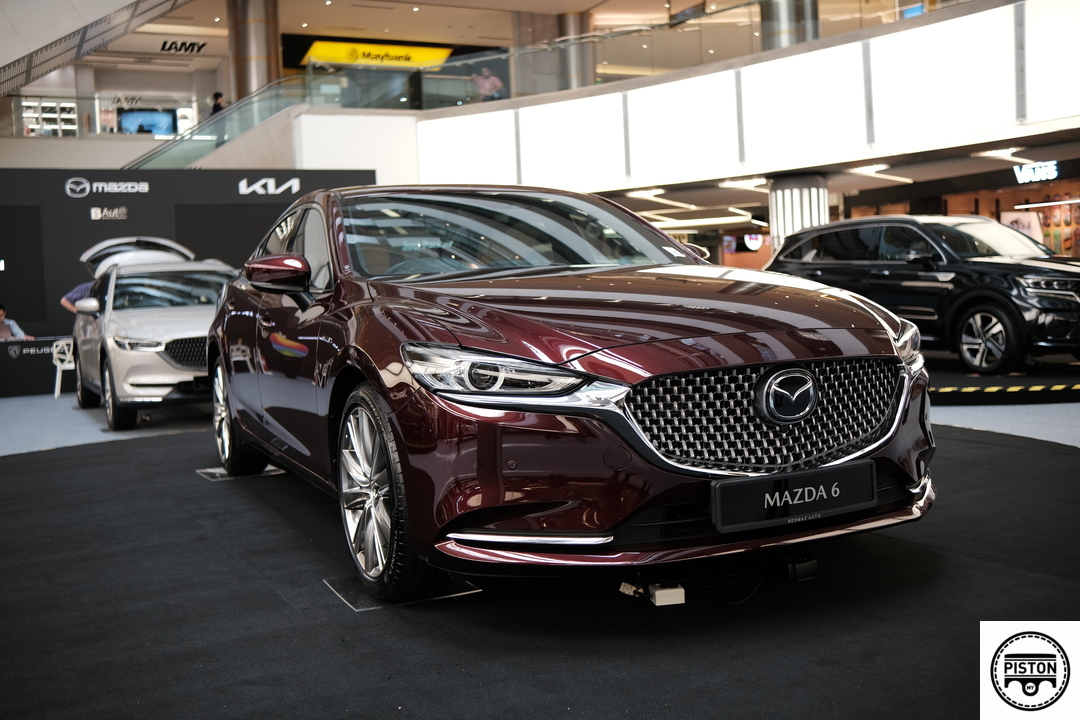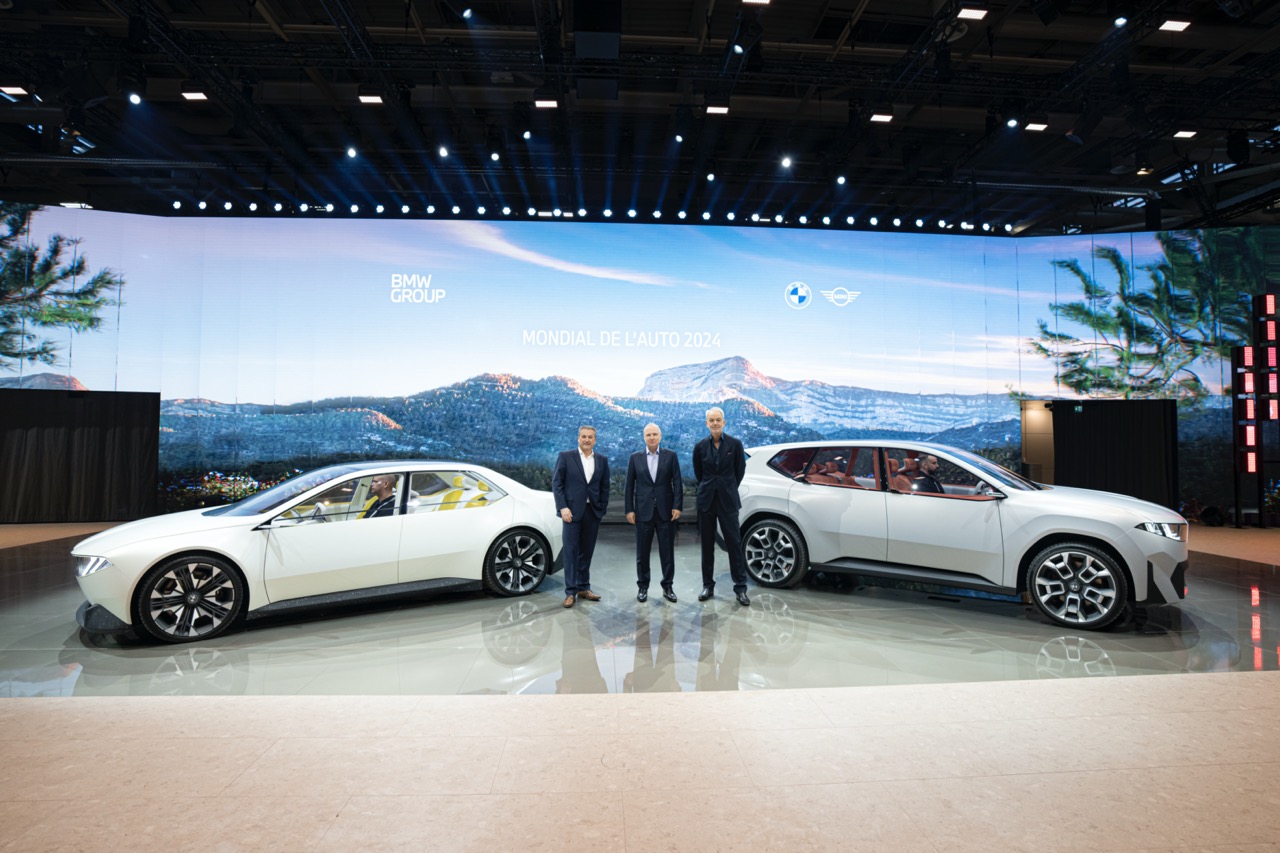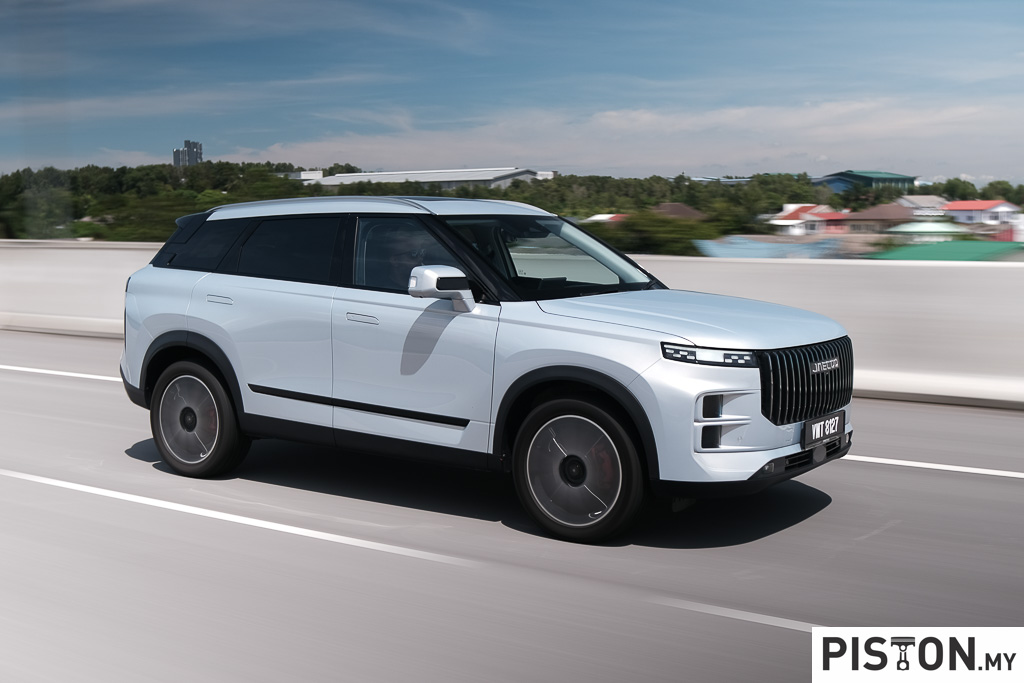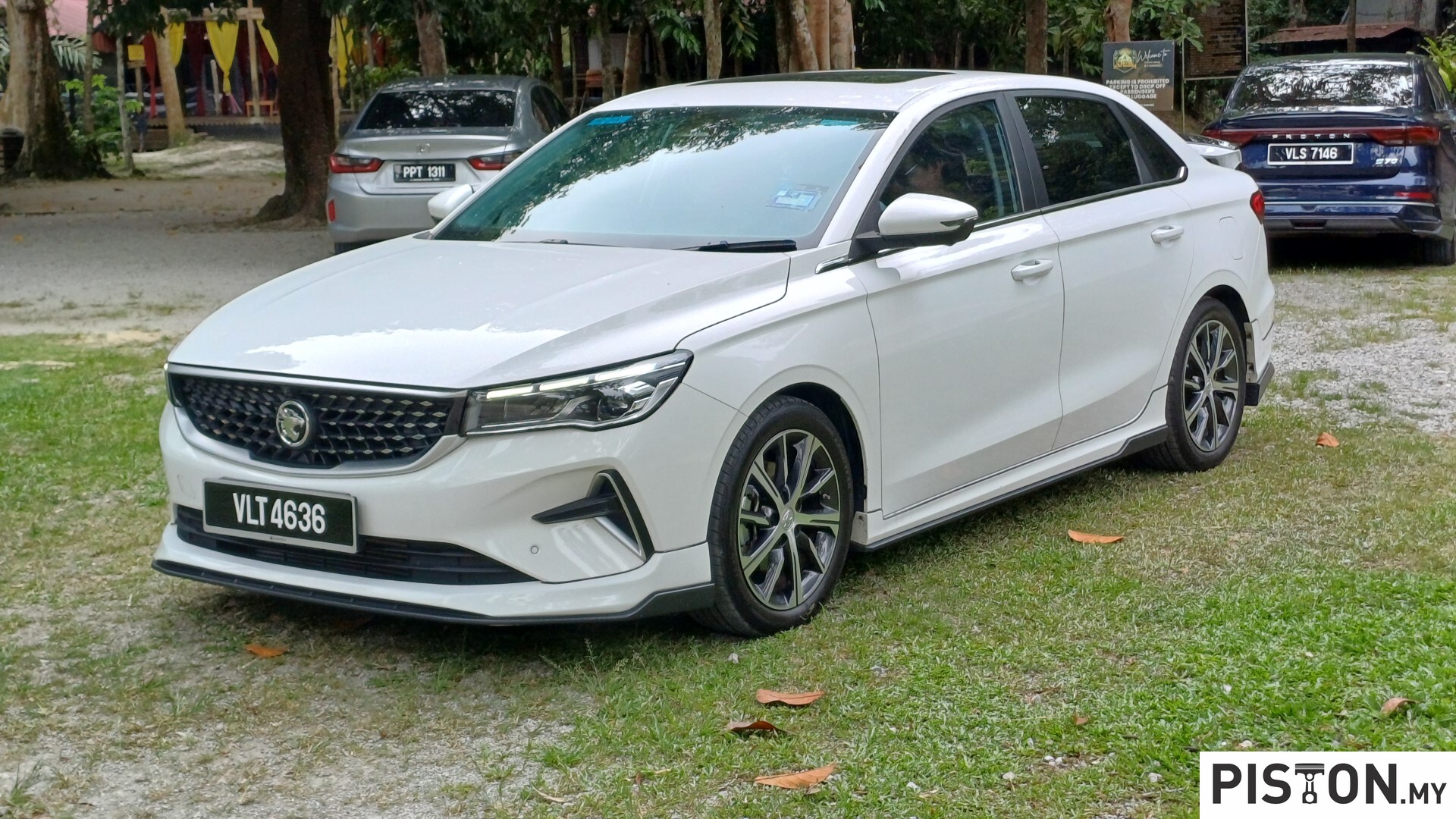In a milestone development a decade after its inception, the Porsche Macan is set to embark on its second model generation, this time in an all-electric incarnation. The latest Macan 4 and Macan Turbo models aim to meet the diverse needs of Porsche enthusiasts seeking an SUV, combining progressive design, iconic Porsche performance, extended range and heightened everyday practicality.
Porsche’s commitment to cutting-edge technology is evident in the exclusive use of the latest generation of permanently-excited PSM electric motors on both the front and rear axles. This not only ensures outstanding efficiency but also facilitates precise reproducibility of power output. The electric prowess of these models is exemplified by their impressive numbers – the Macan 4, when combined with Launch Control, delivers up to 408PS of over-boost power, while the Macan Turbo reaches an astounding 639PS. Torque figures are equally impressive at 650 and 1,130Nm, respectively, translating into exceptional driving performance. The Macan 4 accelerates from 0 to 100km/h in 5.2 seconds, while the Macan Turbo achieves this feat in just 3.3 seconds, with top speeds of 220km/h and 260km/h, respectively.
Key to the electric prowess is a lithium-ion battery with a gross capacity of 100kWh, utilising Porsche’s newly developed Premium Platform Electric (PPE) with an 800-volt architecture. This innovation enables rapid charging capabilities, with a DC charging output of up to 270 kW, allowing the battery to reach 80% charge in approximately 21 minutes. The Macan also introduces an Integrated Power Box (IPB), enhancing efficiency, reducing weight, and optimising space.
Aesthetically, the new Macan boasts sharper proportions and the unmistakable Porsche Design DNA. With a longer wheelbase at 2,893mm which is 86mm longer than the previous model, shorter overhangs, and up to 22-inch wheels, the Macan exudes a dynamic and dominant presence. The distinctive headlights, divided into two parts, and the frameless doors contribute to the sleek and sporty design.
Porsche combines its design DNA with advanced aerodynamics through Porsche Active Aerodynamics (PAA), resulting in a drag coefficient of 0.25. This, coupled with features like an adaptive rear spoiler and active cooling flaps, makes the Macan one of the most streamlined SUVs on the market, positively impacting range and power consumption.
Beyond performance and design, the new Macan prioritises practicality. Electrification has led to increased luggage space, with the rear seat bench offering up to 540 liters in cargo mode. The ‘frunk,’ a second luggage compartment under the bonnet, adds an additional 84 liters. Fold down the rear seat backrest, and the rear luggage compartment capacity increases to an impressive 1,348 liters. The Macan also boasts a maximum towing capacity of 2,000kg.
Inside, the Macan features the latest-generation display and operating concept with up to three screens, including a 12.6-inch curved-design instrument cluster and a 10.9-inch central display. For the first time, the Porsche Driver Experience also includes a head-up display with augmented reality technology. Virtual elements such as navigation arrows are visually integrated seamlessly into the real world. The image appears to the driver at a distance of 10 metres and corresponds to the size of an 87-inch display.
Porsche’s commitment to driving dynamics is evident with the Macan’s all-wheel-drive system, electronically controlled Porsche Traction Management, and Porsche Torque Vectoring Plus. The optional rear-axle steering, a first for the Macan, contributes to a compact turning circle in urban traffic and exceptional stability at higher speeds.
The launch of the all-electric Macan underscores Porsche’s dedication to combining performance, style, and sustainability in its quest to redefine the future of mobility.








